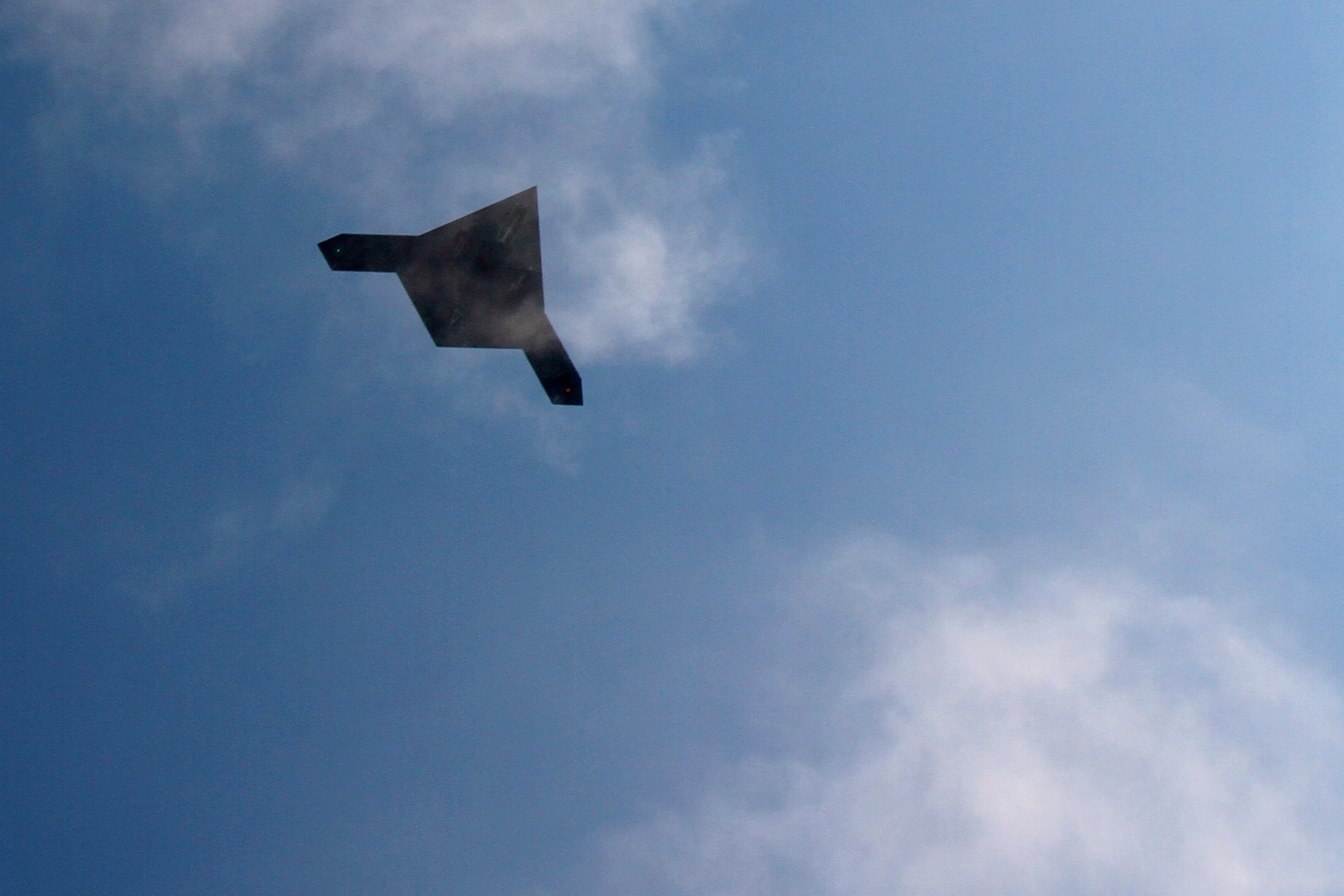
PENTAGON – The Navy has pushed its planned fielding date for its carrier-based unmanned aerial vehicle (UAV) from 2020 to 2022 or 2023, a Navy budget official told reporters in a late Monday afternoon briefing on the Navy’s Fiscal Year 2016 budget request to Congress.
In addition to the delay in initial fielding, the service has decided to push the request for proposal of the air segment of the Unmanned Carrier Launched Surveillance and Strike (UCLASS) into Fiscal Year 2016 pending the completion of an ongoing Office of Secretary of Defense (OSD) comprehensive information, surveillance and reconnaissance (ISR) UAV review, said Rear Adm. William Lescher, the Department of the Navy’s (DoN) deputy assistant secretary of the Navy for budget.
“Work on the other UCLASS segments – such as the carrier segment and the control system and connectivity segment – associated programs of record – such as stand up of the integration labs and test facilities continues throughout the requirement and review process in order to reduce cost and mitigate overall program risk,” he said.
The Navy included a modest $135 million for research and development efforts for the program, a significant drop from the FY 2015 request of $403 million.
The previous UCLASS funding is shackled to legislation that require several studies and reports to Congress on the Navy’s intentions for the final platform.
The character of UCLASS – known internally to Naval Air Systems Command (NAVAIR) as RAQ-25 – was hotly debated in the Pentagon and on Capitol Hill throughout last year.
The Navy’s plan called for a long range ISR platform that would operate while the aircraft carrier’s air wing was not flying with a limited ability for strike and could provide a much needed aerial refueling capability to the carrier air wing.
The service’s pitch was a shift from the original vision for a large carrier-based UAV that would extend the lethal reach of the carrier strike group with a stealthy penetrating strike aircraft with a weapon payload the equivalent of a F-35C Lighting II Joint Strike Fighter (JSF).
“The Navy may have made an appropriate set of trade-offs between costs and capabilities in deriving a set of requirements for UCLASS, but those trade-offs should be evaluated in the context of the overall CSG capability, not on the basis of individual capabilities of weapons systems or an unconstrained budget,” according to a report from the compromise 2015 defense legislation.
NAVAIR initially intended to issue the RFP – directly to Lockheed Martin, Northrop Grumman, General Atomics and Boeing – for the entire UCLASS system in September of 2014 but that plan was paused pending the overarching OSD review.
Sean Stackley assistant secretary of the Navy for Research, Development and Acquisition (RDA), told reporters last month the ongoing OSD review had informed enough of the program to move ahead with the FY 2016 submission.
“We did an extensive portfolio review on unmanned – not just UCLASS – in the fall review as part of the budget process,” Stackley said.
“There’s more work to be done and that will continue on into this calendar year as we prepare for [2017 budget request].”





